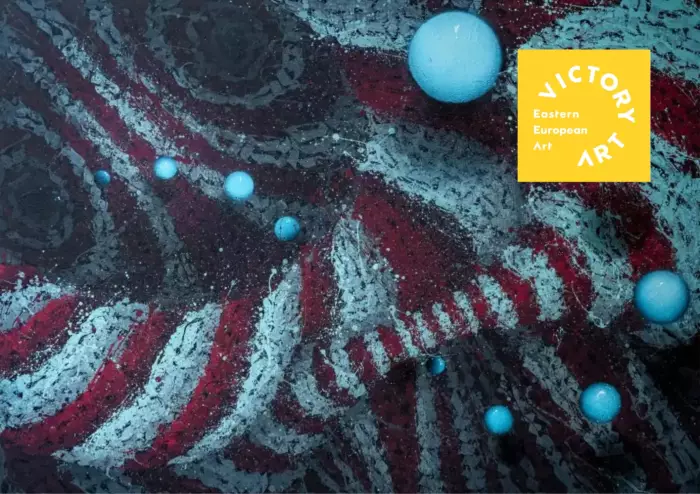MUST READ ART BLOGS
The Backstory to Moldovan Culture

This art blog will take you to Moldova, which is known for its exquisite wine and ancient monasteries and stands as a country rich in fertile soil and wide grasslands located between Romania and the borders of Ukraine. Heavily influenced by its Romanian roots, this now independent country has faced a lot of external turmoil from other countries such as Turkey and the USSR. Through the pressures of the once-Soviet Union, Moldova proclaimed its freedom in September 1991 and changed the country’s name from Moldavia to its Romanian spelling, Moldova.
Old Moldova had been under the influence of many different groups such as the Byzantine Empire, the Hungarian people, the Slavic people, and the Ottoman Turks. Many of their local arts and culture were hidden by the Soviet Union when the country was under their rule. The presence of folk arts and similarities shared with the Romanians were discreetly covered up in order to de-escalate the people’s true roots. One example of an integral piece of Moldovan culture that had been changed by the Soviet Union was the traditional Romanian footwear called the moccasin which was subtly replaced by the Russian boot.
Due to the influences of the countless countries that have walked over the Moldovan land, the art scene reached its peak during the late 15th century. Works of art such as bookmaking, fresco painting, and crafts were influenced by the clash of influences from the Byzantine Empire and Gothic Influences. The countless monasteries of Moldova were solidified by the person who was the military leader of the country that had been known as Moldovia, Petrus Rareș. During this time, monasteries were painted with rich exteriors that were based on post-Byzantine era traditions and styles.
Looking past the country’s complicated history, the land of Moldova is also known for its agriculture and its wide beautiful plains that stretch far past what the eyes can see. Being sandwiched between wide mountain ranges, the fertile lands of Moldova allow more than half of their land to be arable, growing mostly temporary crops with modern farming methods. The agriculture of the country seems to be well established and has been a major figure in exporting crops. Perhaps it’s thanks to their unique environment that the culture has flourished into what it is today, including the country’s hardships and fight for independence, which is something many Eastern European countries had also faced in the past and some even in today’s modern times.
Compared to its neighbors, Moldova is a relatively small country that has around 3.5 million inhabitants. Many of them hold dual citizenship with Romania, entitling Moldovans to work across the European Union. Although life in Moldova seems very peaceful, citizens have found the living conditions to be unfair with limited job opportunities, most of which lie in agriculture. This is due to the country’s predicament of always standing in between the issues of the European Union and Russia. Because of this, many young Moldovans are seeking opportunities outside the country in search of a better and more stable life. Their talents are showed in many fields but noticably through their artworks. Therefore, we invite you to explore the artwork from our Moldavian artist in our online art gallery.
Discover Moldavian culture
Moldavian culture
CHECK OUT OUR BEST BLOGS
learn more about Moldavian culture

.webp)

.webp)
.webp)
.webp)
.webp)
.webp)









.jpg)